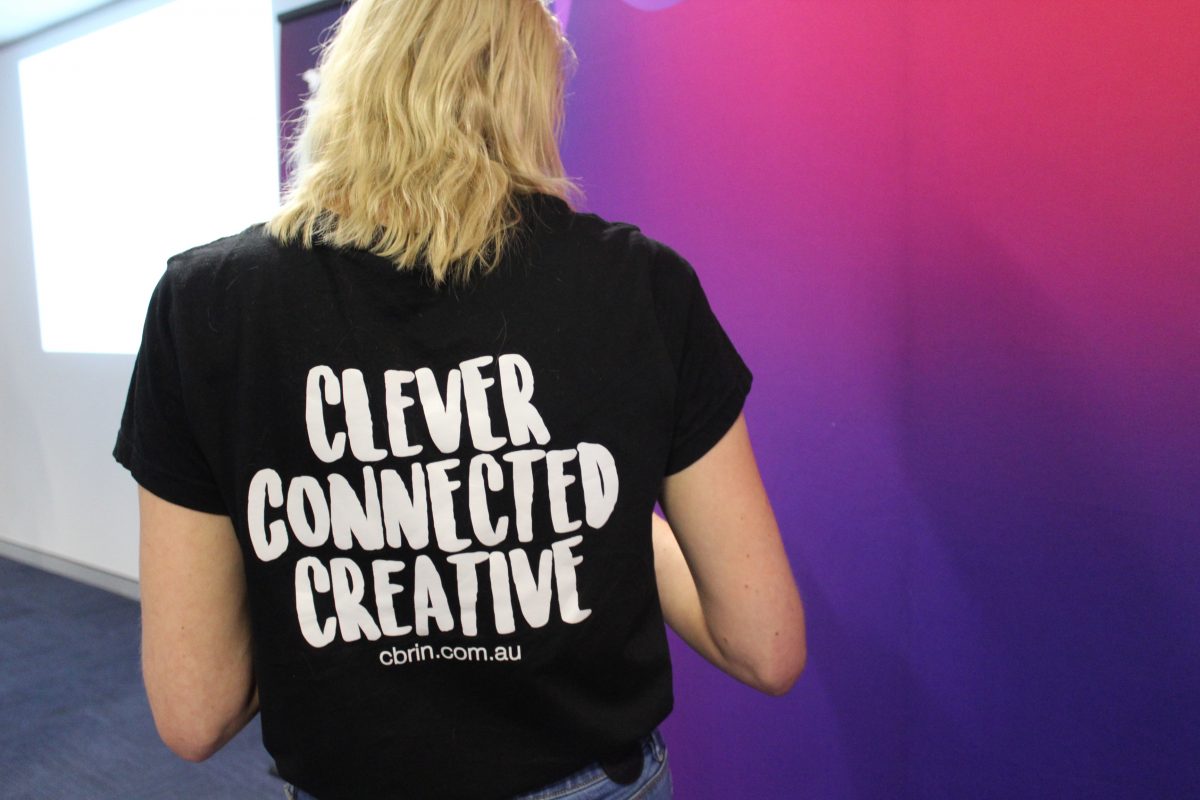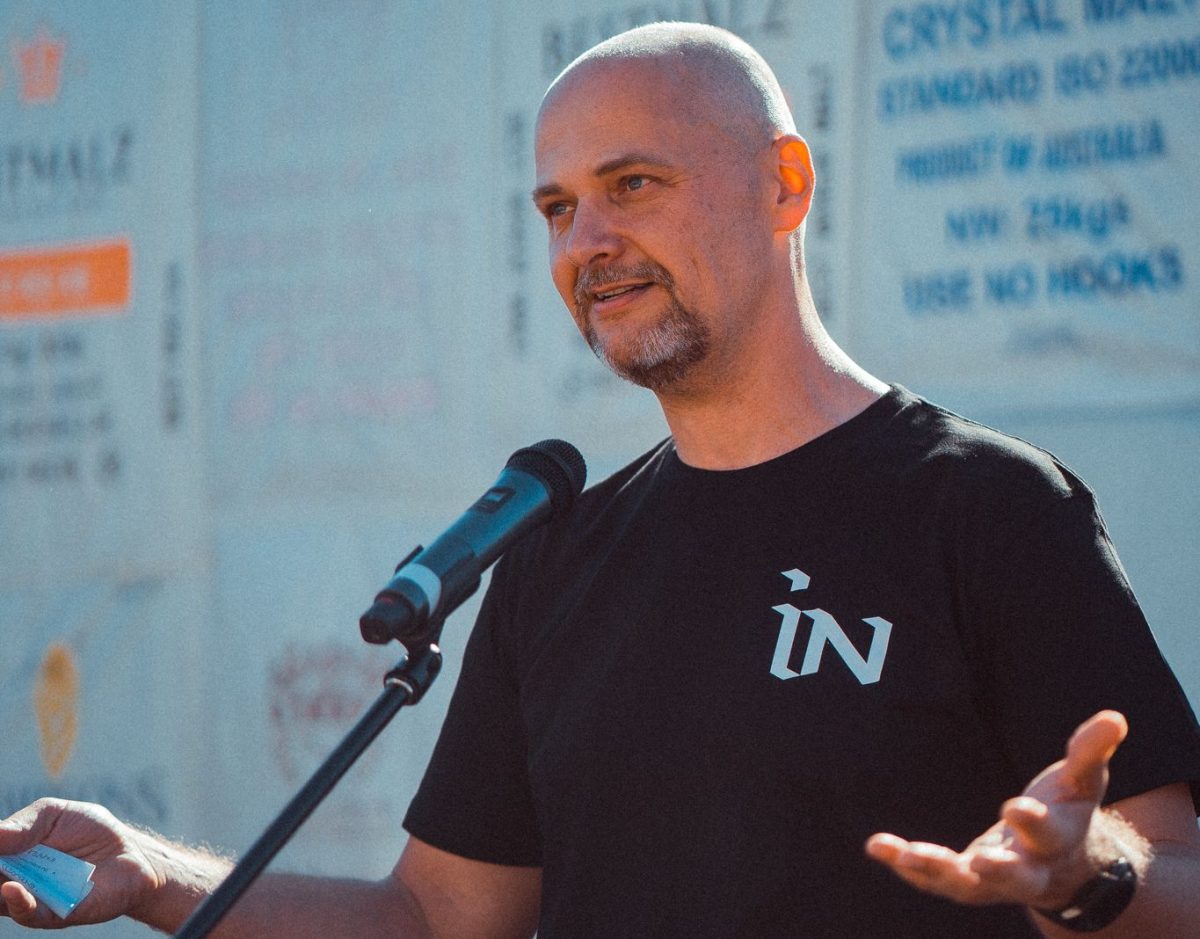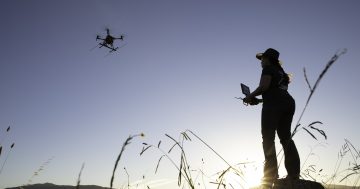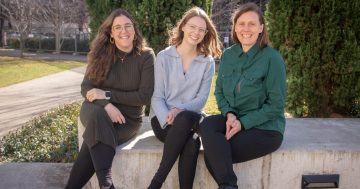
Canberra Innovation Network has reached its 10-year milestone and has plenty to show for it. Photo: CBRIN.
Canberra has always had the makings of an “innovation city”, but 10 years ago, a missing ingredient was added to help transform its fragmented assortment of world-class learning and science institutions and entrepreneurs into a thriving ecosystem.
Innovators and leaders from academic and research environments including ANU, UC, CSIRO, UNSW Canberra, Canberra Institution of Technology and National Information and Communications Technology Australia (NICTA, now part of CSIRO), partnered with the ACT Government to introduce a coordinated approach to innovation in the national capital, and the Canberra Innovation Network (CBRIN) was born.
“They believed if we connected the resources, support and work in a coordinated way, we could create a better environment for entrepreneurs,” CBRIN CEO Petr Adamek says.
“They didn’t have to start from the ground – Canberra had a history of innovation activity. Community-led co-working spaces for entrepreneurs already existed, as did an accelerated program supporting high-growth start-up ventures through investment and mentoring. CBRIN’s job would be to bring it all together and plug any gaps.
“Did the founders know exactly how the network would work? Probably not. But they had the courage and shared vision that brought them all together.”
Today, Petr, his team and the CBRIN board preside over a galvanising body for the innovation community that is, by every measure, a success.
In early 2017, there were an estimated 8000 people in Canberra’s ecosystem. In 2024, that figure has more than doubled to 19,000.
One of the pivotal moments was in 2018 when the ACT Government partnered with CBRIN to deliver its innovation grant program, known simply as ICON. Since then, about $500,000 has been made available annually to early-stage innovation companies to test and validate, and bring existing innovation companies to scale.
A 2021 study showed CBRIN was responsible for the creation of about 800 jobs directly and indirectly, and added about $100 million a year to the ACT economy. The updated figures, expected to be released this December, could be even higher.
Initiatives like the Female Founders program have led to a diverse representation in the ecosystem as well. Female entrepreneurs represent 45 per cent of people in the CBRIN co-working space, and 35 per cent come from culturally and linguistically diverse backgrounds.

Canberra Innovation Network CEO Petr Adamek says an audacious vision for the innovation future of the nation’s capital will take a collective effort. Photo: CBRIN.
But CBRIN didn’t simply stumble onto a winning formula. In an environment created to ensure innovators could “fail fast”, it, too, had learnings.
“Being a start-up was all about finding what the innovation community needed, and we fairly quickly realised what it needed most is connection, belonging and the momentum of peer support to help entrepreneurs do what they need to do,” Petr says.
“In early stages, we experimented with many approaches. We focused in and consolidated. Now we have defined programs for people who are at the idea, start-up, scale-up and innovative SME stages of growth.
“We also learned that consistency was key and not to abandon programs that worked.
“Innovation is almost always learning how to do things by first learning how not to do them.”
This year is a promising one for Canberra’s peak innovation body – not only because it will mark its 10th anniversary but because the organisation is entering a new phase in its grand vision for Canberra’s innovation status.
CBRIN will soon open its long-awaited scale-up and SME hub to provide additional capacity for companies in later stages of growth.
“Our vision is to position Canberra as an incubator of new ideas and a mecca for growth of new innovative ventures that can change the world,” Petr says.
“For that, we need active partnerships with our foundation members that can create complementary innovation hubs on their campuses so we can link them all into a single network. CBRIN will continue to play the role of coordinator, activator, orchestrator, and glue that brings it all together.
“We want to see thousands of sustainable jobs created by innovation companies building on our competitive advantage and specialised knowledge here in Canberra, especially in capabilities like cyber security, space, Defence, renewable energy, climate technology, environmental sciences, specialised manufacturing, agriculture, food systems and e-government.
“CBRIN’s bold ambition over the next decade is to assist the growth of 100 globally relevant innovation companies. These companies will form the core of the innovation economy in the ACT and surrounding region, helping us further strengthen and diversify our economy to be less dependent on government and the public sector.”
Realising this vision will take a collective effort and a continuous stream of ambitious entrepreneurs and innovators with ideas that could help create a better future.
“No matter who you are or what your idea is, you’ll find a supportive community and culture at CBRIN,” Petr says.
“One that will inspire you and help you build an enterprise that can make our world better – right here in Canberra.”
To discover what CBRIN does and their vision for the next 10 years, register for the 2024 Innovation Showcase on Wednesday 4 December from 4 pm to 6 pm at EPIC via Eventbrite.





















